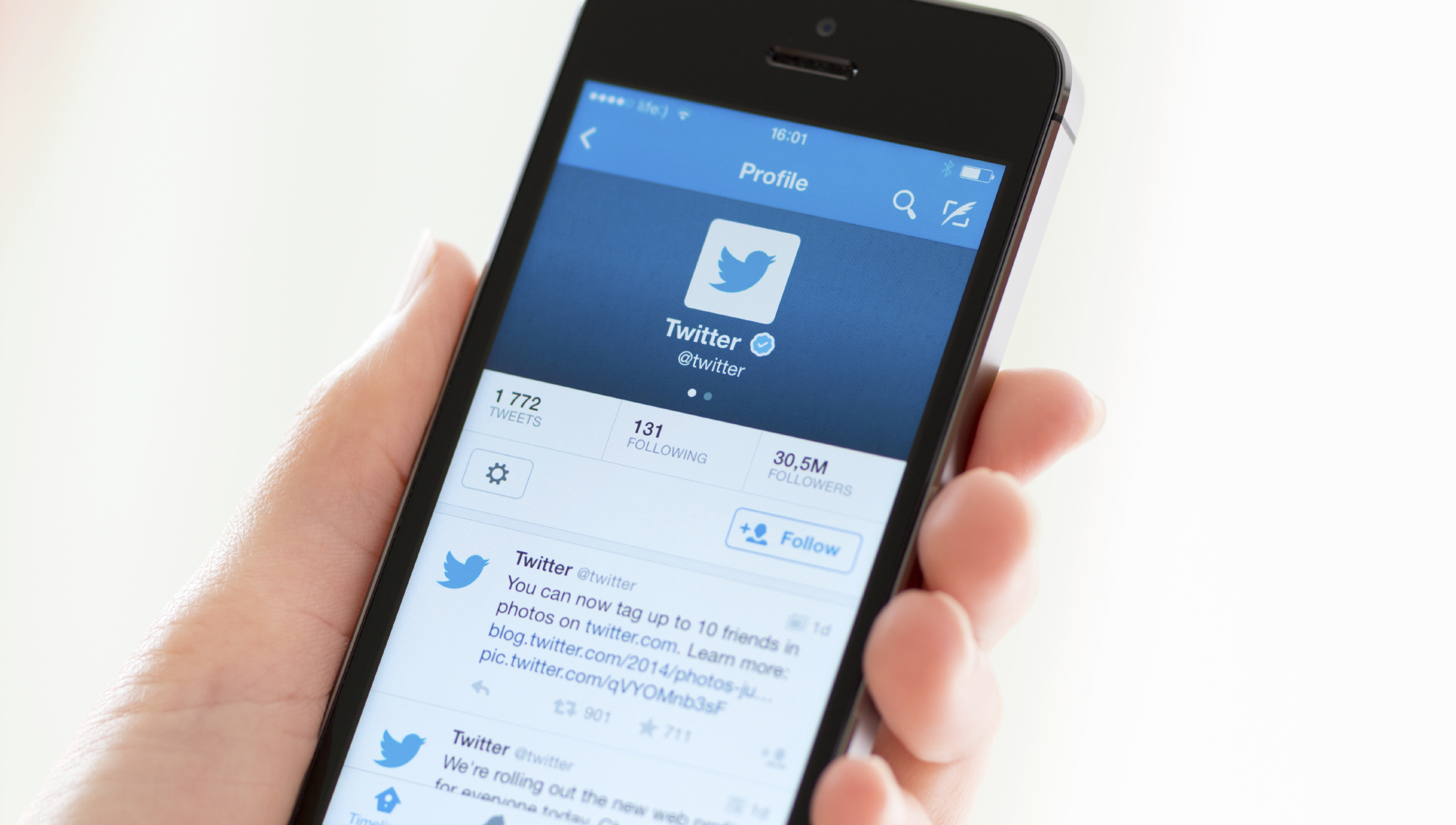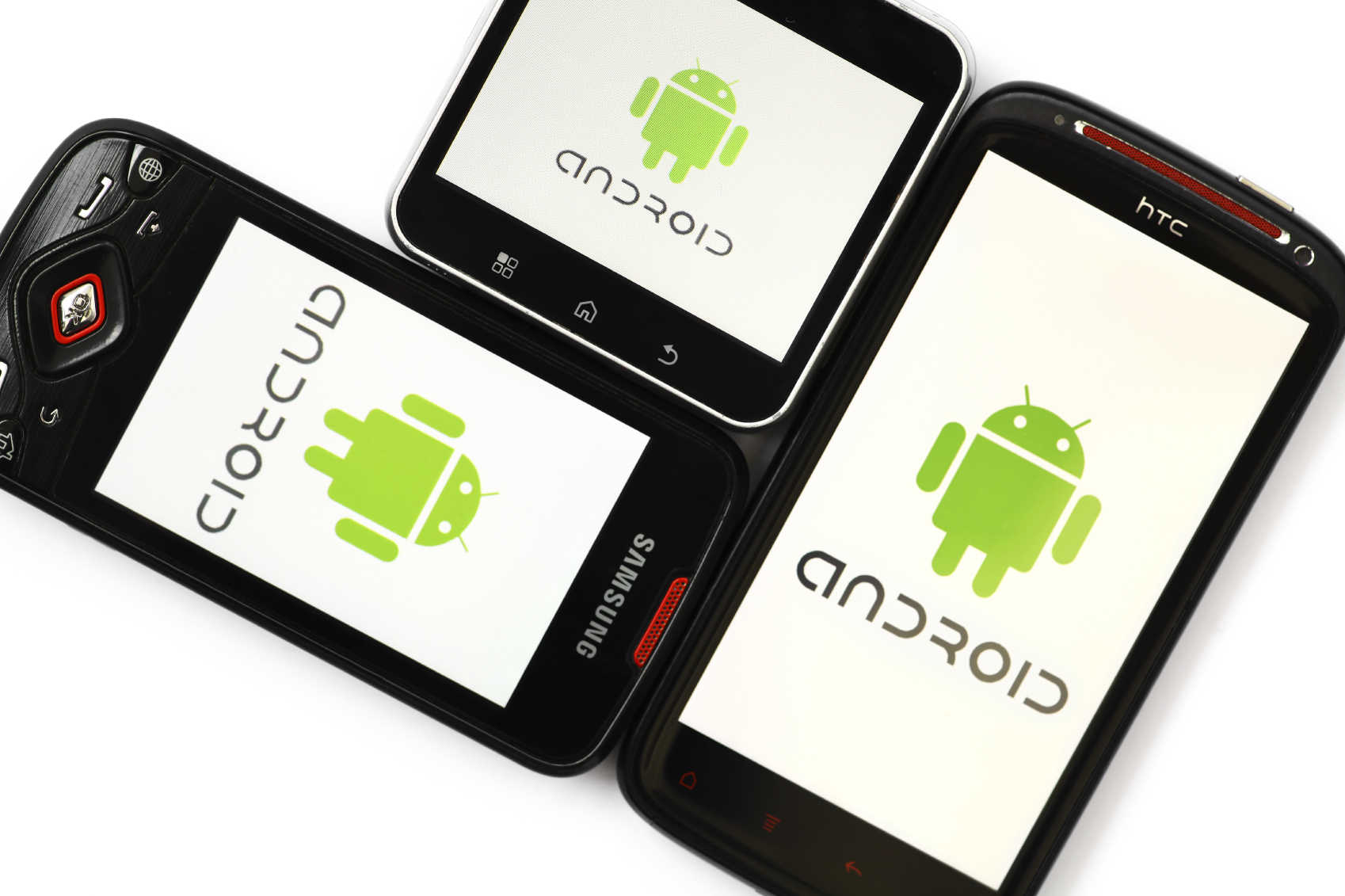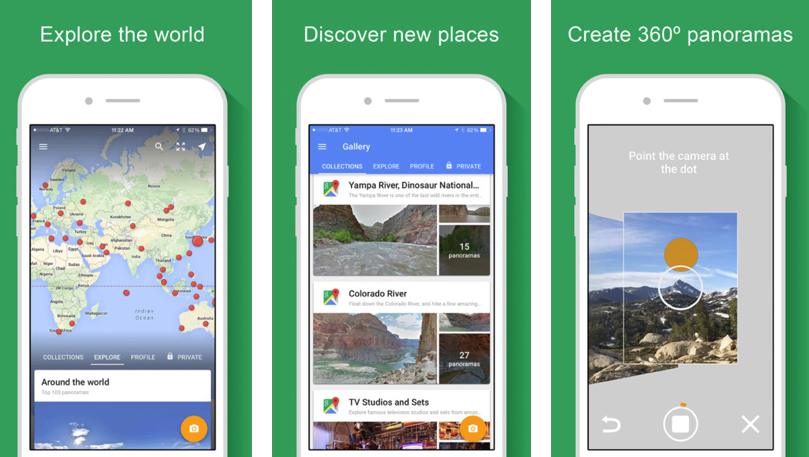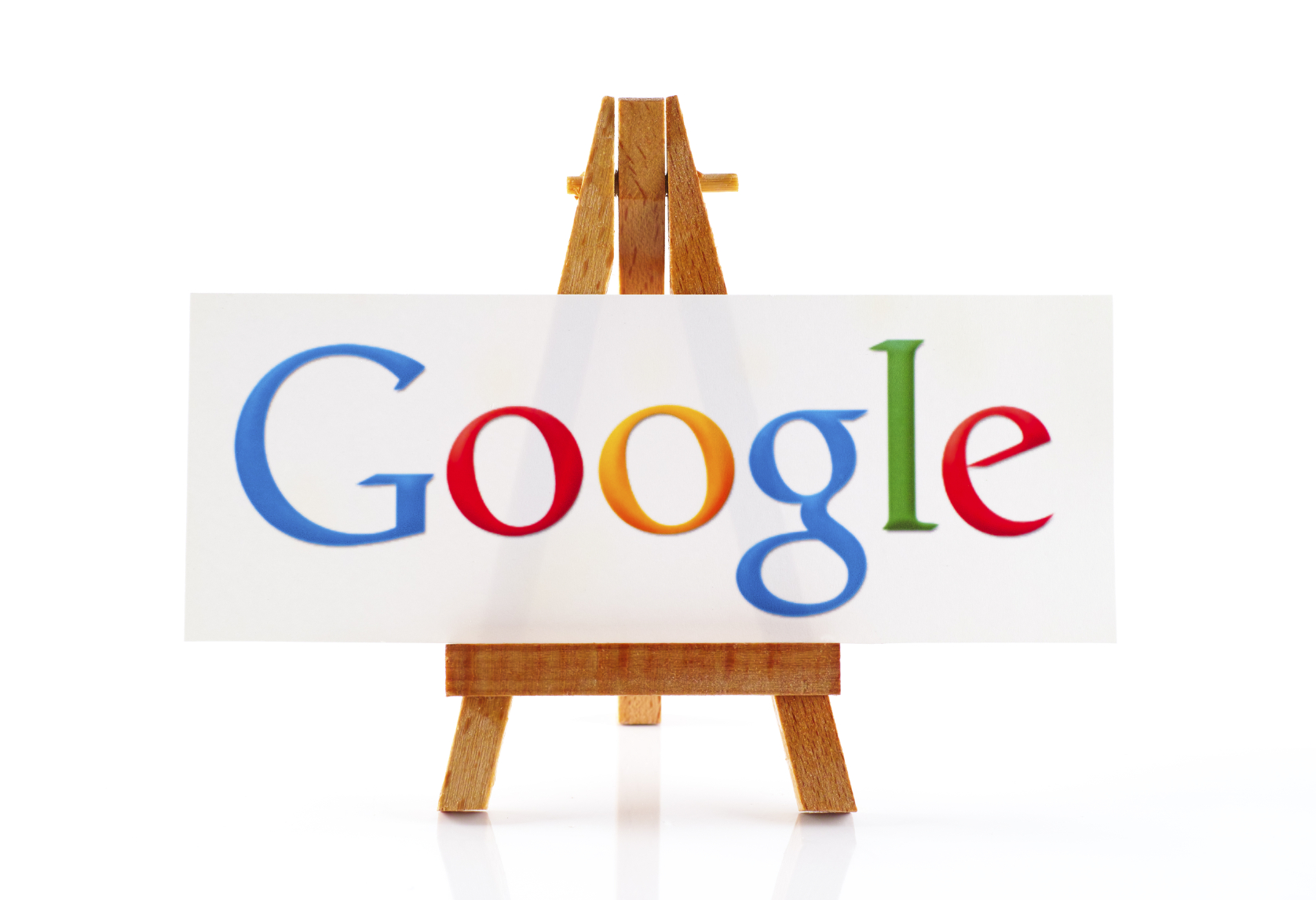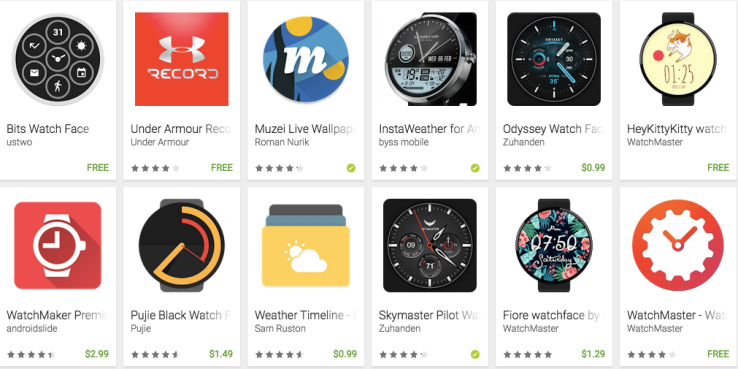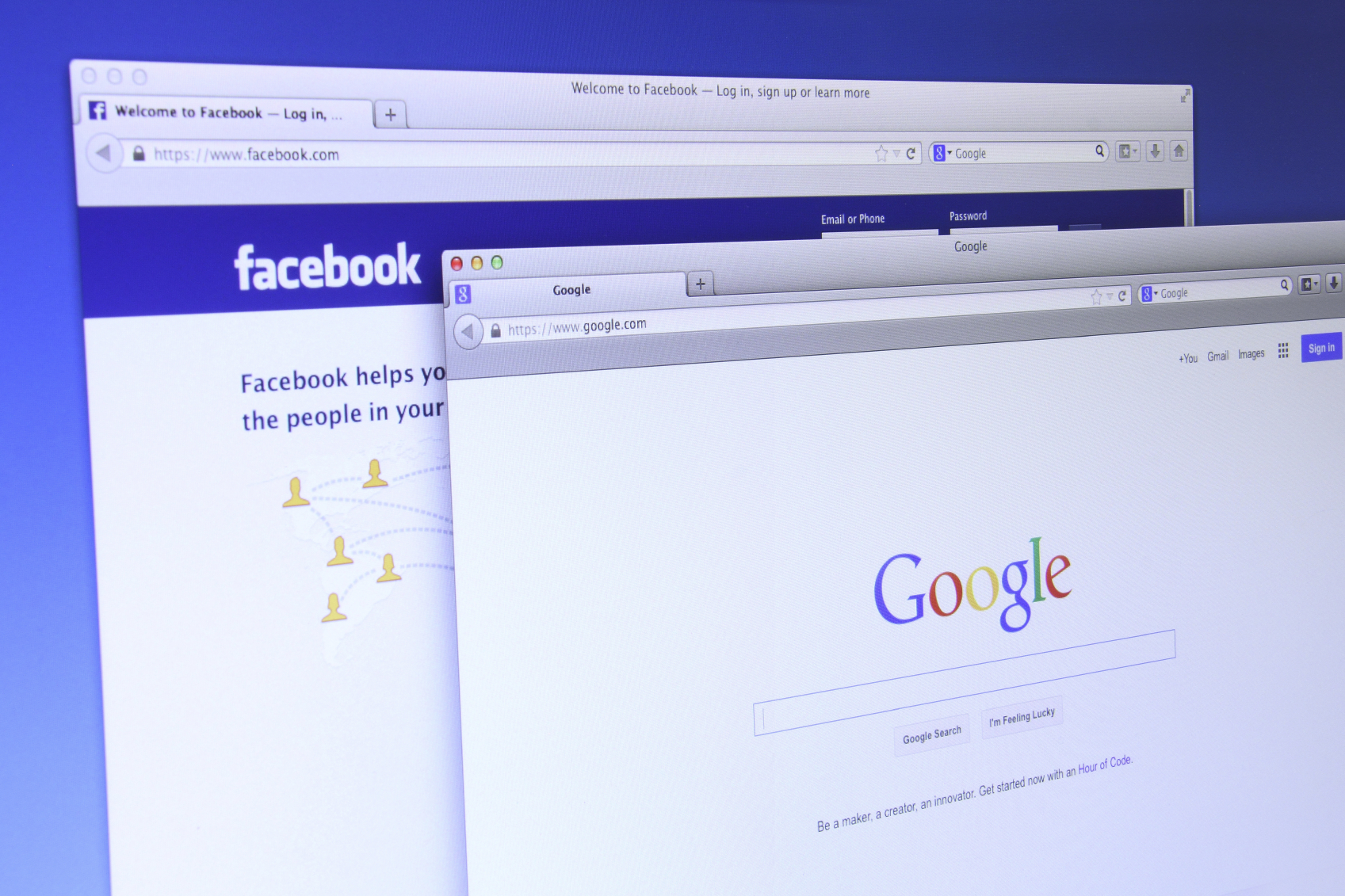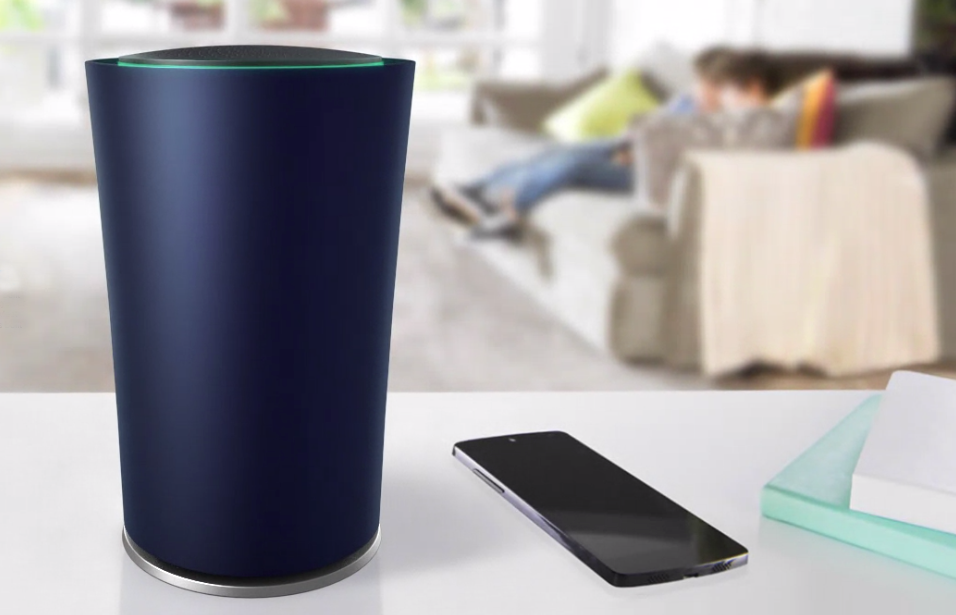What Happened
Announced during this week’s Ad Week event, Google now lets advertisers upload email lists to target customers and similar audiences with ads on Google search, Gmail, and YouTube. Dubbed Customer Match, this new program allows brands to match gmail addresses – be it from a newsletter subscription, membership sign-ups, or other means of email acquisition – against Google’s own database of signed-in users and create a new audience list from the matches to target their ads with across Google’s services that support AdWords.
What Brands Need To Do
Customer Match marks the first time Google has allowed advertisers to target ads against customer-owned data in Adwords, which most advertisers and brands should take advantage of for more granular, accurate ad targeting. Facebook has offered similar features since 2012. If you’ve had good experiences on Facebook, you can now target those customers in more ways. With the increasing popularity of ad-blockers, which not only block out display ads but also tracking codes, cookies are no longer a reliable way to target. Email addresses and user sign-ins, on the other hand, are more stable across devices, and leveraging the customer emails that most brands are already collecting to utilize Customer Match would be a smart thing for brands to do.
Source: Re/code

